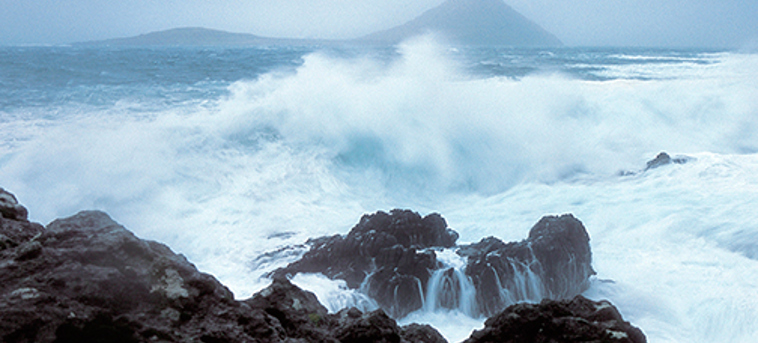
Diverse and abundant wildlife
The Faroes and the seas around the islands teem with a rich and abundant array of fish and wildlife. The Faroese strive to manage this wealth of resources as sustainably as possible
Many species of whales frequent the waters around the Faroes. Of these, the pilot whale is the best known and best studied. The total population is approximately 380,000 whales. Of these, the Faroese catch on average around 600 a year.
The Faroese have survived on fish for centuries. The fishing industry started to grow exponentially in the 19th century, and is today the primary industry in the Faroes.
Salmon farming began to develop in the 1980s. Today, Faroese salmon farming accounts for 40 % of the total value of Faroese exports.
Agriculture in the Faroe Islands does not play as important a commercial role as fisheries and fish farming. But many farms produce meat and dairy products for the local market, and the Faroe Islands are self-sufficient in milk production.
Birdlife is rich in the islands, and the Faroese have eaten seabirds and gathered their eggs for as long as they have kept sheep. Today, puffins and fulmars are eaten, while other species are protected for conservation reasons.
The Faroe Islands is a modern Nordic society with a high standard of welfare and technology, where the sustainable use of local wildlife resources is an inseparable and valuable part of life, with every effort made to manage and conserve it in a responsible way.
FOOD
SUSTAINABLE
COMMUNAL
REGULATED


